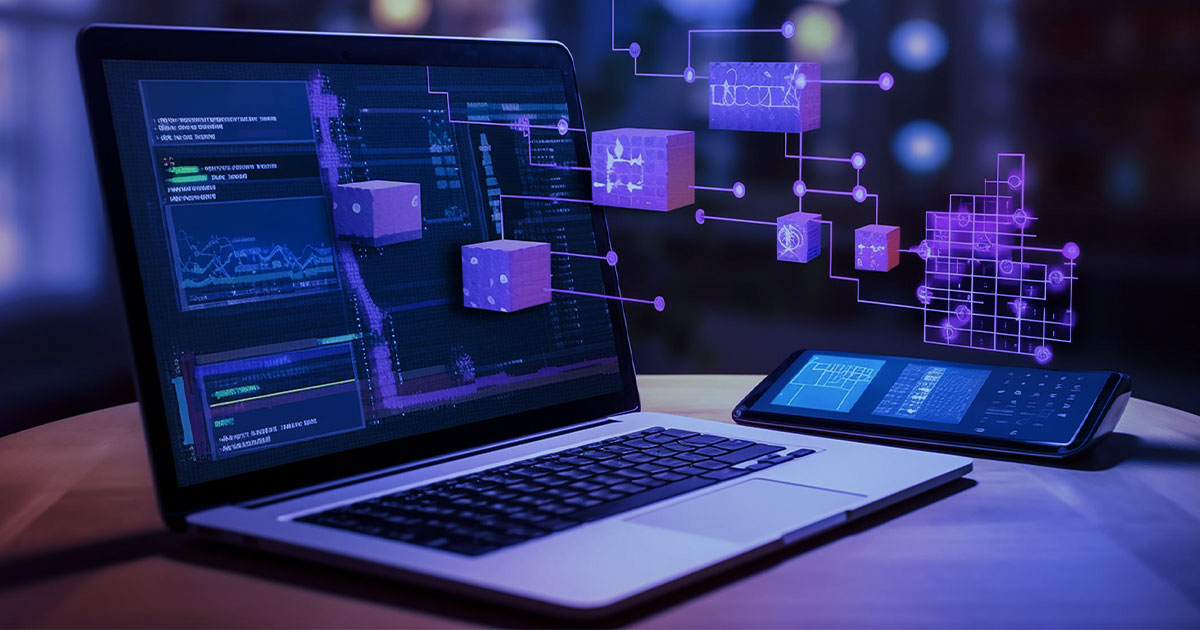



In the first part of the blog, we looked at the new-age changes in the era of modern software products. How remote working users, unsecured devices and networks, user management, growing cloud usage and third-party integrations are active part of any modern software products. Let us look at the security challenges modern products have had to face and how DevSecOps come into play in the modern software development lifecycle.
Product development organizations are in a fix: how do they meet the performance, availability, flexibility, and scalability requirements that the world today demands – especially with the growing pace and scale of security challenges.
Here’s a look at the security challenges modern software products have had to face until now:
Data Security: As data privacy and security regulations get increasingly stringent, especially around GDPR and FedRAMP, development organizations are found scouting for new ways and means of ensuring their data is always secure. Although privacy by design needs to become a business prerogative, development organizations still struggle to ensure that confidentiality, integrity, and availability of enterprise and customer data are baked into their products.
User Privacy: There is no doubt that products have to be designed in a way that meets the unique and growing usability needs of modern customers. But never has this been done in close concert with user privacy mandates. Not encrypting user information means putting user data at risk.
Product/Application Security: The pressure to meet time-to-market deadlines requires developers to make the tough time + quality decision, with most choosing the former over the latter. To meet deadlines, the amount of time and effort that should actually go into frequent and continuous testing is compromised, which takes product security downhill.
Network Security: Using unsecured devices or networks to access enterprise products are also known to be major reasons for unauthorized access, misuse, or modification of personal data. In the absence of the right policies, processes, and practices in place to prevent, detect and monitor networks, protecting the integrity, confidentiality, and accessibility of data has been a grave challenge.
Introduction to DevSecOps
Given the possible impact of security loopholes on user experience, market position, and brand reputation, integrating security deep into the development lifecycle is no longer a choice, but a prerequisite for product and application development organizations.
As security breaches, data misuse, and unauthorized access begin to plague organizations - especially in a day and age where product development teams are working from highly dispersed geographic locations, a concept like DevSecOps allows for the integration of security earlier in the development process.
Gartner defines DevSecOps as “the integration of security into emerging agile IT and DevOps development as seamlessly and as transparently as possible - without reducing the agility or speed of developers or requiring them to leave their development toolchain environment.”
By automating several aspects of security, it helps keep the DevOps workflow from slowing down while making product or application security the responsibility of every member working on the product at hand.
The main premise of DevSecOps is simple: to shift the aspect of security left, so vulnerabilities are identified quickly, and security can be enhanced. Through early and frequent security testing, it helps teams in the following areas:
- Aligning security with IT and business objectives and make everyone in the software development life cycle responsible for security.
- Achieving greater security, and product quality while responding to new feature updates and market trends with increased agility.
- Detecting vulnerabilities early in the lifecycle and freeing teams from working on issues in later stages that are far more complex to resolve.
- Integrating security controls early and often while automating core security tasks from the very beginning.
- Strengthening the security foundation of products, thus reducing the likelihood of data breaches and product downtime.
In the next part of the blog, we will look at the hurdles to DevSecOps adoption and the best practices engineering teams must adopt to achieve successful DevSecOps.
Looking to strengthen your SDLC with DevSecOps?






 View Previous Blog
View Previous Blog





